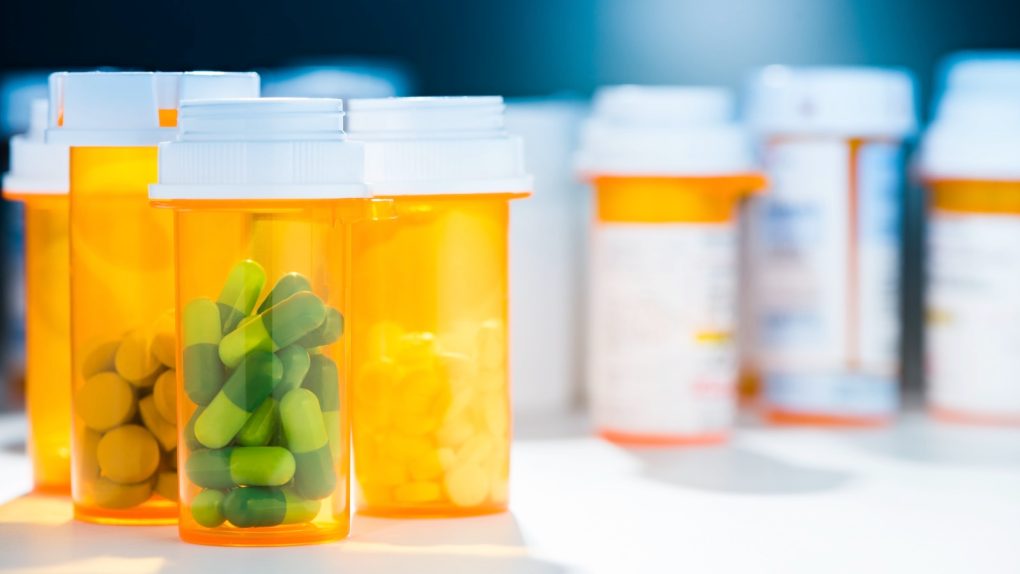Bacterial infections have a fix. Get the right antibiotic and the correct course of treatment, and you’ll kill the bacteria and stop the illness. That’s how it should work in theory. In practice, bacteria are trying to survive and have started developing antibiotic resistance. That can endanger lives, with the World Health Organization (WHO) calling bacterial resistance “one of the top global public health and development threats.”
The WHO said in a report last November that antimicrobial resistance, including antibiotic resistance, was directly responsible for 1.27 million global deaths in 2019 and contributed to 4.95 million deaths. The World Bank estimates that drug resistance could increase healthcare costs by $1 trillion by 2050.
One way to fix the problem is to develop drugs that microbes (bacteria, viruses, fungi, and parasites) can’t build resistance to. One example might be the new dual-action antibiotic idea from the University of Illinois Chicago (UIC) that might make bacterial resistance almost impossible.
Researchers have developed a macrolone synthetic antibiotic that uses two distinct mechanisms to destroy bacteria. According to the UIC team, this drug makes it 100 million times more difficult for bacteria to develop resistance.
The UIC researchers published the study in Nature’s Chemical Biology journal.
They describe how the new class of drugs can disrupt bacterial cell function in infectious diseases. Called macrolones, the new dual-action synthetic drugs have two distinct actions against bacteria. They can kill protein production, just like macrolides, a type of antibiotics that are currently in use.
The macrolones can also interfere with the DNA structure of bacteria (DNA gyrase) in a similar way current fluoroquinolones act. That’s another type of widely used antibiotic.
The UIC researchers discovered that the macrolones can bind with the ribosome more tightly than macrolides. The ribosome is the cell structure that produces proteins.
Moreover, the macrolones were able to block ribosomes inside bacterial strains that are already resistant to macrolids. These bacteria failed to activate antibiotic resistance genes when dealing with the new compound.
The researchers ran different experiments, finding that certain doses blocked the ribosome. Others interfered with the cell’s DNA, like fluoroquinolones. They figured out the lowest effective dose at which macrolones would block both ribosomes and DNA gyrase enzymes.
“The beauty of this antibiotic is that it kills through two different targets in bacteria,” Alexander Mankin, professor of pharmaceutical sciences at UIC, said in a statement. “If the antibiotic hits both targets at the same concentration, then the bacteria lose their ability to become resistant via acquisition of random mutations in any of the two targets.”
What comes next? More research is needed to determine how such macrolone antibiotics to be used effectively.
“The main outcome from all of this work is the understanding of how we need to go forward,” Mankin said. “And the understanding that we’re giving to chemists is that you need to optimize these macrolones to hit both targets.”
It’s unclear when therapies based on these new dual-action antibiotics will be available to patients. But the full study that might get the ball rolling is available at this link.








